5 Tips for Preserving the Life of Your Fireplace & Chimney
A classic wood-burning fireside adds character and coziness to your home and is an irresistible family gathering point in frosty weather. Keeping your fireplace and chimney in tip-top condition increases heating efficiency, minimizes wear and tear, and saves you money in the long run. See these 5 tips for preserving the life of your fireplace and chimney.
1. Regularly Remove Ash from Your Fireplace
Regular grate and combustion firebox maintenance does more than keep your fireplace tidy. It helps produce a clean-burning fire, which reduces the build-up of creosote and other damaging substances in the fire chamber.
As you burn wood, a layer of ash will continually form in the grate and around it. If the residue gets too high, it will hinder the flow of air needed around the firewood to burn cleanly and efficiently. But, at the same time, a small layer of ash helps start and keep fires burning, as ash has excellent heat-keeping properties. So, a balancing act is required to get the right amount of ash in the fire chamber.
Maintaining an ash layer around the one-inch mark and removing the excess as it approaches the two-inch level seems to work well. Ensure the ashes are cold before removing them, or use a metal bucket and scoop to avoid injury.
2. Use Seasoned Firewood
The type of wood you burn and it’s quality strongly impact whether your fire will be clean-burning or not. Whether you use softwood or hardwood for burning, it’s essential to ensure the wood is well-seasoned. By this, we mean that the wood is no longer green, i.e., it has been set aside and dried out enough that it will burn evenly and with little smoke.
Burning green wood works against preserving the life of your fireplace and chimney. The high moisture content in unseasoned timber causes creosote to develop at higher levels than seasoned wood. Creosote is a sticky tar-like substance that adheres to the walls and lining of the fireplace and chimney. Highly flammable, creosote causes numerous chimney fires every year.
Well-seasoned hardwood, such as oak, maple, and walnut, is the best type of wood for use in your fireplace. The dense structure of hardwood gives a longer-lasting higher volume of heat than softwoods.
3. Repair Damage Quickly
Chimneys are subject to a continual onslaught by the weather. Heavy rain, intense winds, frost, ice, and snow, can weaken and damage exposed chimney caps and tops. Over time, mortar in brick joints will deteriorate, and bricks can crack, split, and fall. Chimney caps can become damaged, allowing rain to enter the chimney flue.
It’s a good choice to make chimney repairs as quickly as possible, as left untreated, these structural faults will accelerate the deterioration process. A professional chimney cleaning and repair company can fix any damage and do a thorough inspection for any unseen problems.
4. Plan to Upgrade your Fireplace
Different types of fireplaces vary in both maintenance needs and longevity. They’re not all designed to last. For example, a modern wood-burning fireplace insert may only last ten to fifteen years before needing replacement.
Older fireplaces constructed with solid firebricks and cast-iron elements may last a lifetime, though chimney liners may need replacement. Over time individual bricks, tiles, or stone veneers in the fireplace may crack from the constant heat and need replacement as well.
Whatever type of wood-burning fireside you have, you’ll need to plan for repairs and replacement in your household maintenance budget. Damage to inserts or surrounds will do little to preserve fireplace life if not fixed rapidly.
5. Get Regular Professional Inspections
For peace of mind, homeowners should schedule a regular fireplace and chimney inspection and cleaning service. The National Fire Inspection Service recommends that services are performed annually. Qualified inspectors will examine the entire chimney structure for damage, hidden soot and creosote deposits, debris, blockages, and wildlife.
Chimney sweeping with the use of specialized tools can then be carried out to remove creosote, soot, and other toxic residues, along with any debris or animal life. This annual service is probably the most important thing you can do for preserving the life of your fireplace and chimney. It prevents severe problems and keeps everything in working order.
Local Expertise in Northern Virginia
Applying these 5 tips can help your fireplace and chimney last as long as possible. Six Penny Chimney in Northern Virginia is your go-to professional for all chimney inspections and sweeping services. Get in touch today to schedule our expert services.

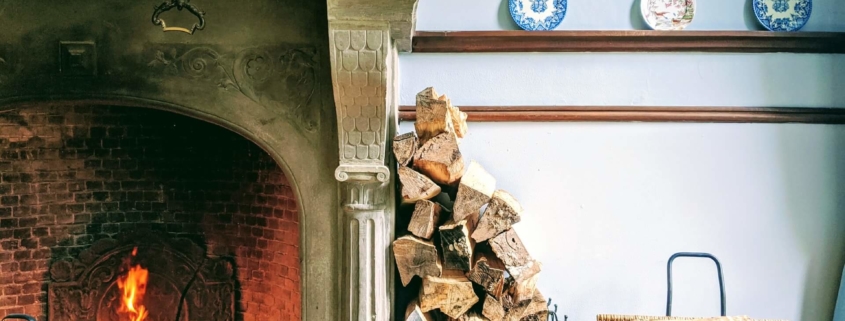
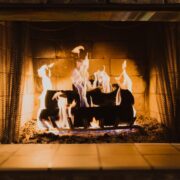
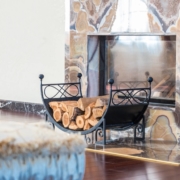

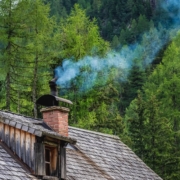
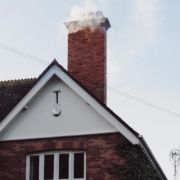
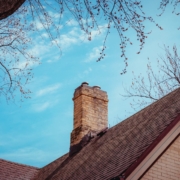
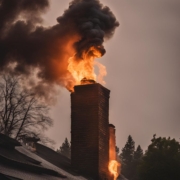



Leave a Reply
Want to join the discussion?Feel free to contribute!